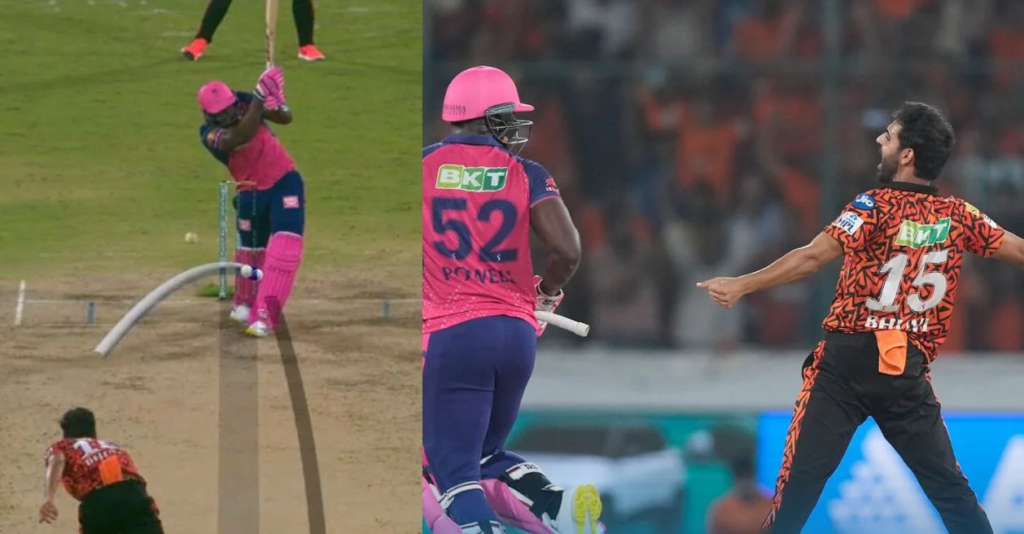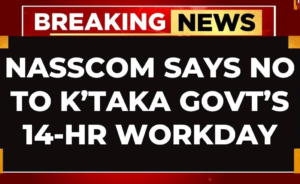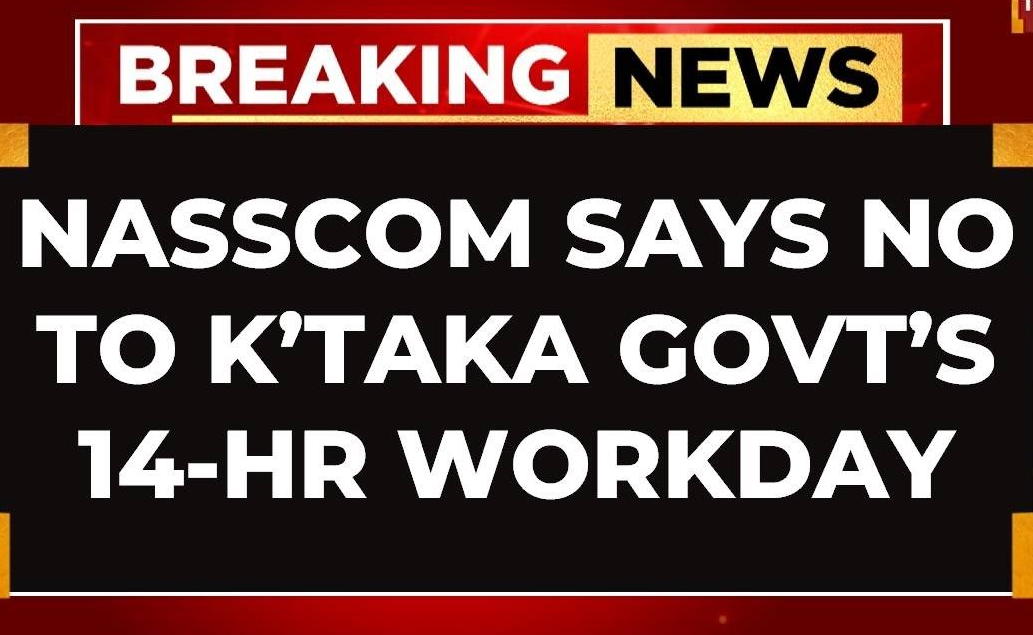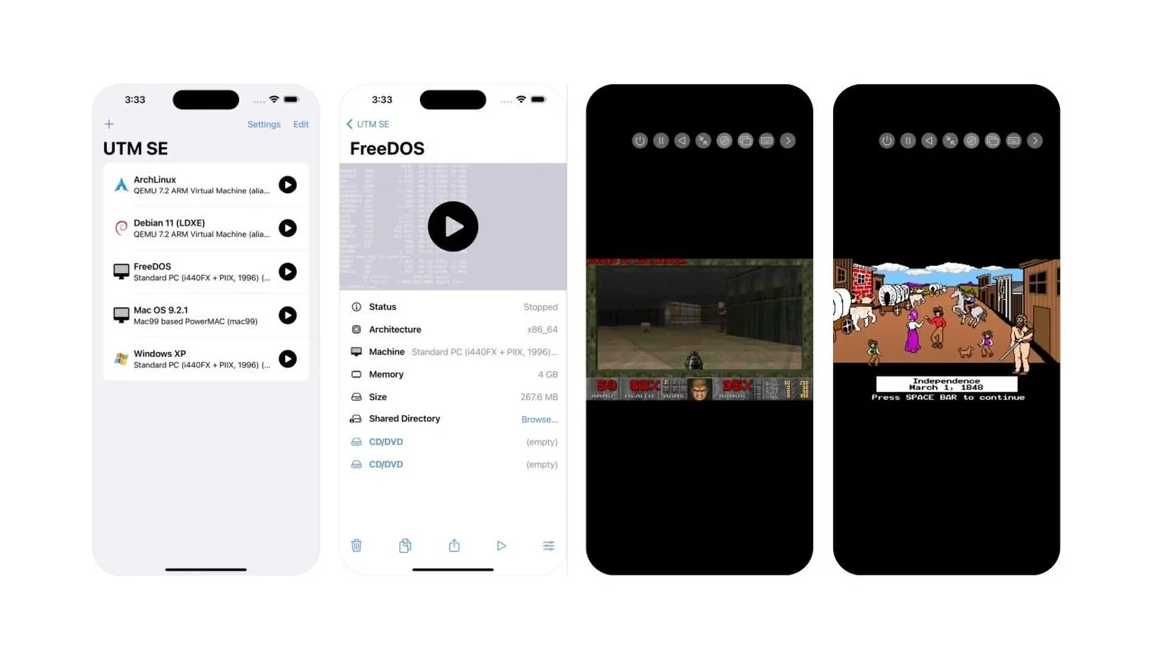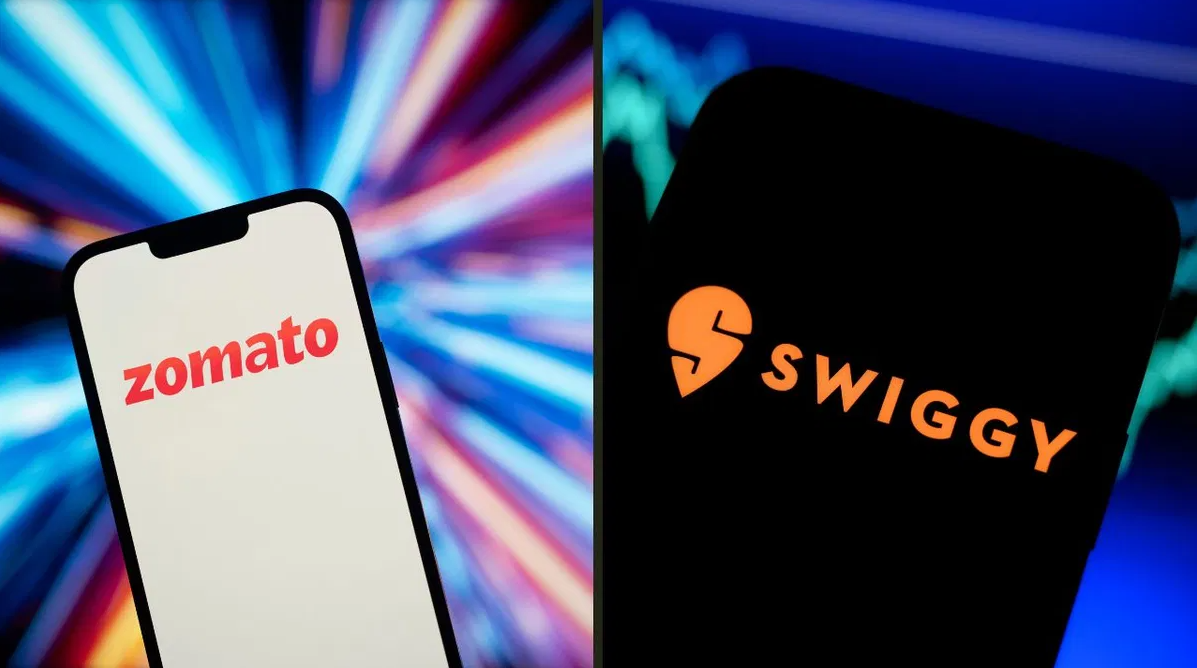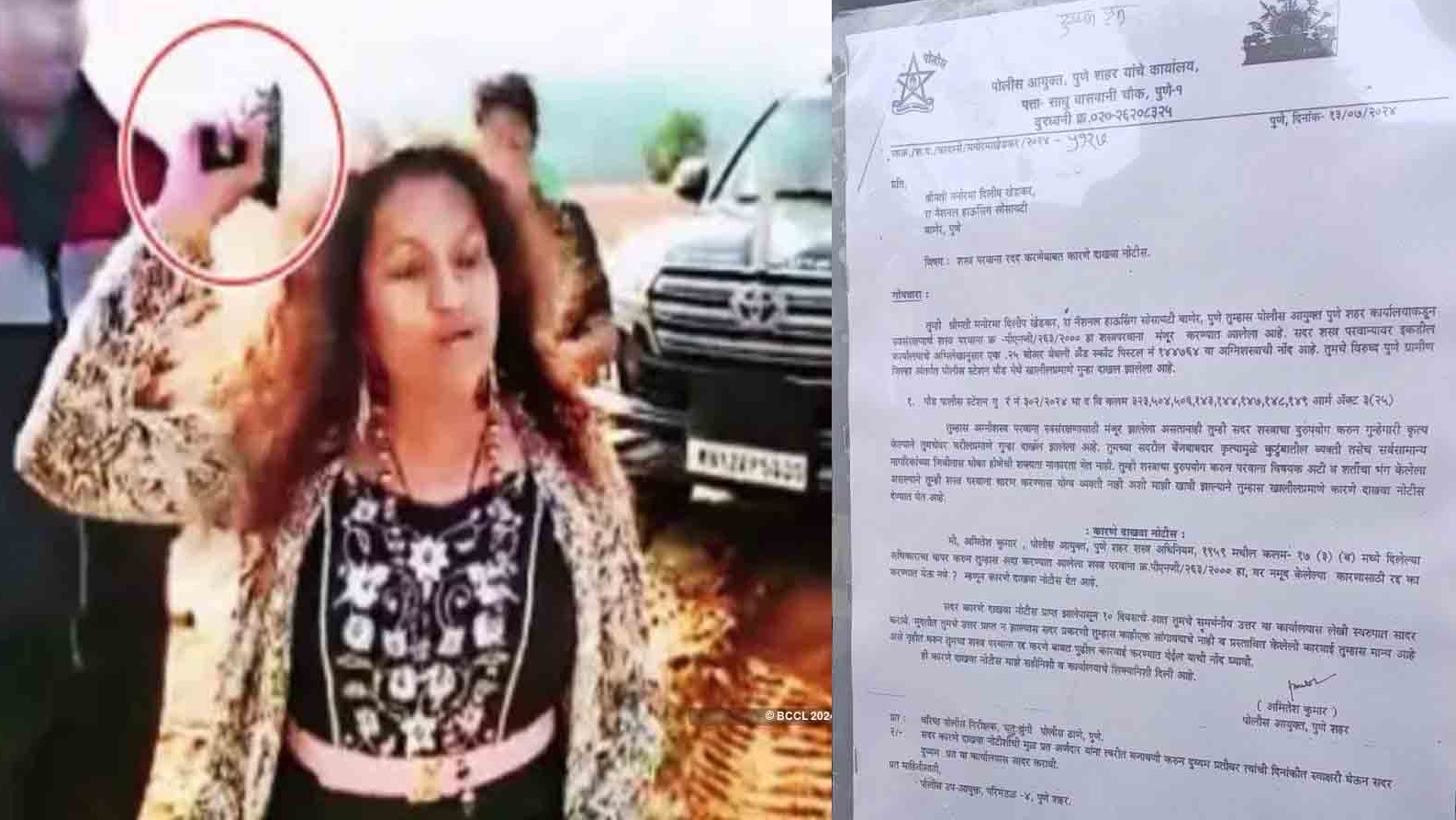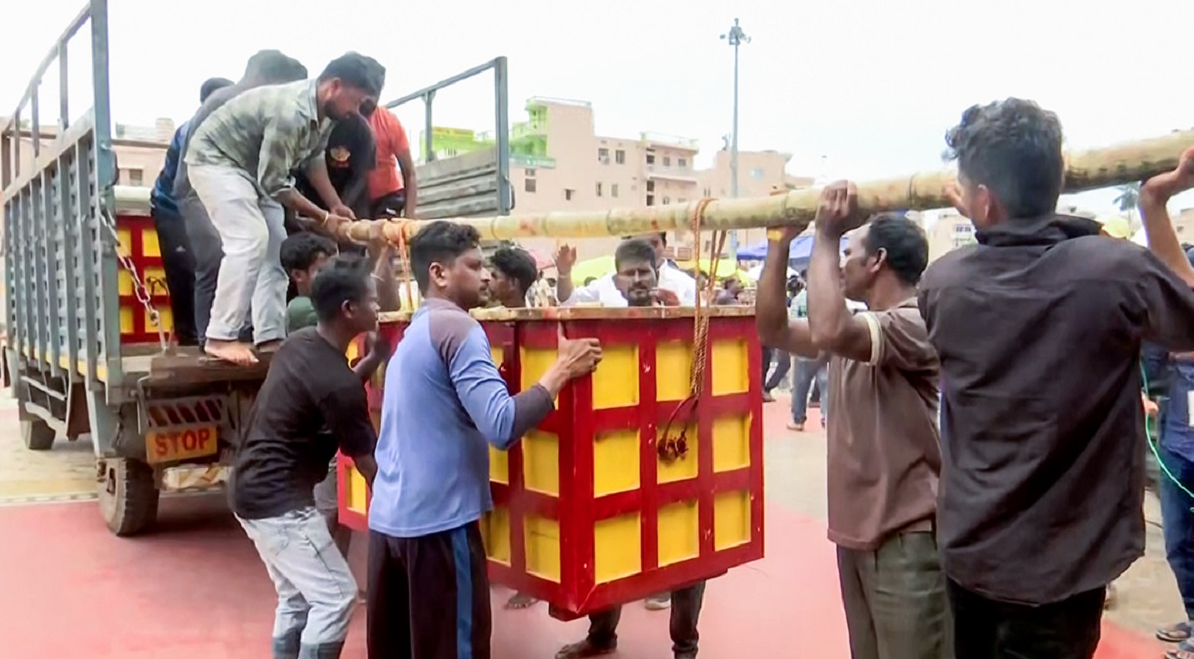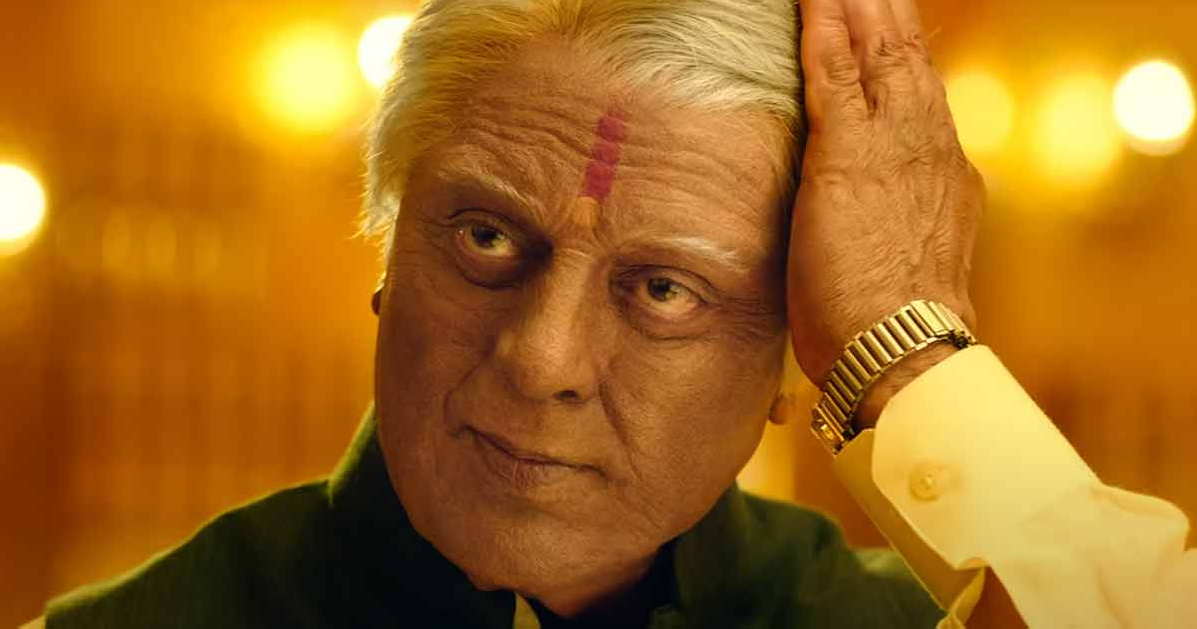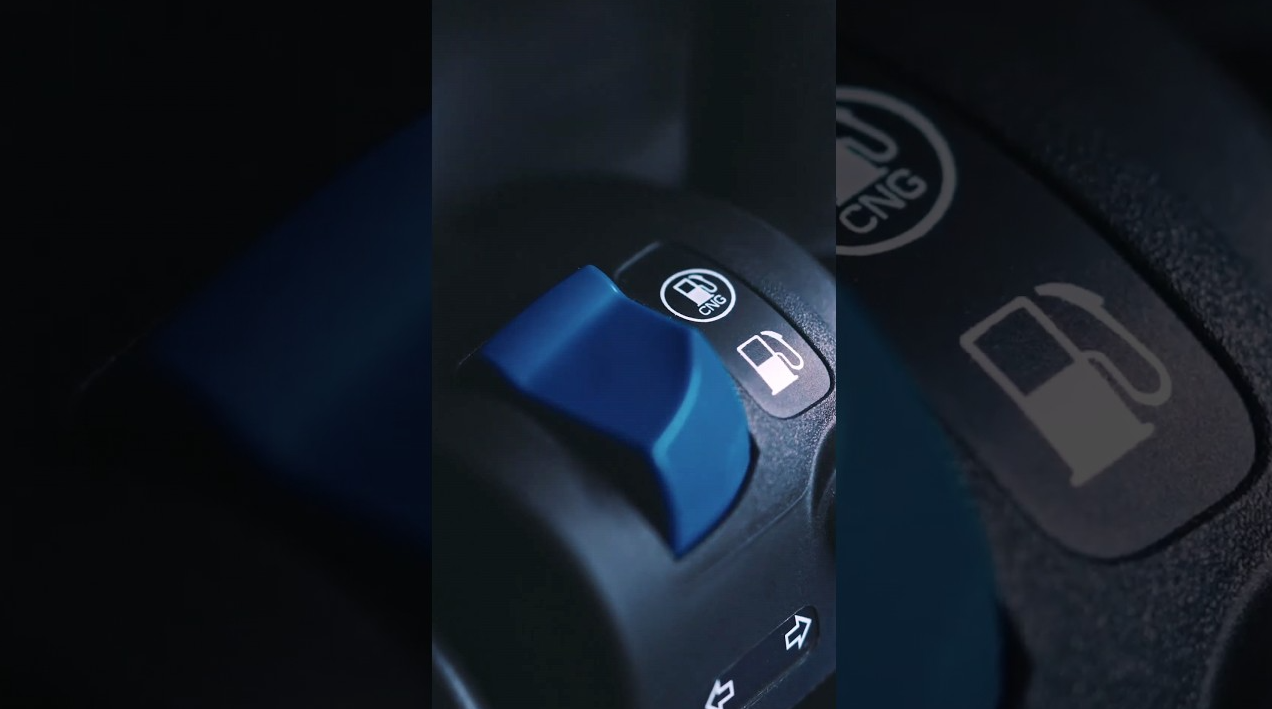In a thrilling last-ball finish between Sunrisers Hyderabad (SRH) and Rajasthan Royals (RR) during the ongoing Indian Premier League (IPL), former South African pacer Dale Steyn proposed an innovative solution to address a significant LBW loophole.
The Dramatic Finish
The match took place at the Rajiv Gandhi International Stadium, where SRH defended a mere two runs off the final delivery. Experienced bowler Bhuvneshwar Kumar delivered a straight ball into the pads of RR’s Rovman Powell, resulting in an LBW decision. Powell immediately reviewed the decision, but it was upheld by the TV umpire. Despite the review, the outcome remained unchanged, and RR lost by a single run.
The LBW Loophole
The controversy arose from the ICC playing conditions, specifically Appendix D. According to this rule, once the umpire signals “out,” the ball becomes dead. Even if a player’s review overturns the decision, any subsequent runs accrued from that delivery are not counted. This rule came into play during the SRH vs. RR match, leaving fans and experts speculating about what might have happened if the umpire had ruled Powell “not out.”
Dale Steyn’s Solution
Dale Steyn, known for his aggressive pace bowling, suggested a radical change inspired by baseball. His proposal aims to eliminate confusion in scenarios like the one witnessed during the match. Steyn’s idea is simple: “Consider the ball not dead until play has come to a stop.” In practical terms, this means that both batting and fielding teams should continue their actions until the play concludes. Only then would LBW or caught-off-no-ball decisions be addressed.
Steyn elaborated on his proposal: “Run if you’re the batting team and continue to field if you’re the bowling team. Then we address the LBW or caught-off-no-ball etc. after. Out if out, runs awarded if LBW or caught was not out.”
SRH’s Remarkable Comeback
Despite the tense situation, SRH managed to snatch victory from the jaws of defeat. Pat Cummins bowled a tight 19th over, dismissing Dhruv Jurel. However, Powell hit a six off the last ball, reducing the required runs to 13 in the final over. SRH’s win showcased their resilience and ability to handle pressure.
Conclusion of Dale Steyn Statement
Dale Steyn’s “baseball” solution challenges traditional cricket norms and could potentially address loopholes like the one exposed during the SRH vs. RR match. While it remains to be seen whether cricket’s governing bodies will consider such a change, Steyn’s innovative thinking adds an exciting twist to the game.


